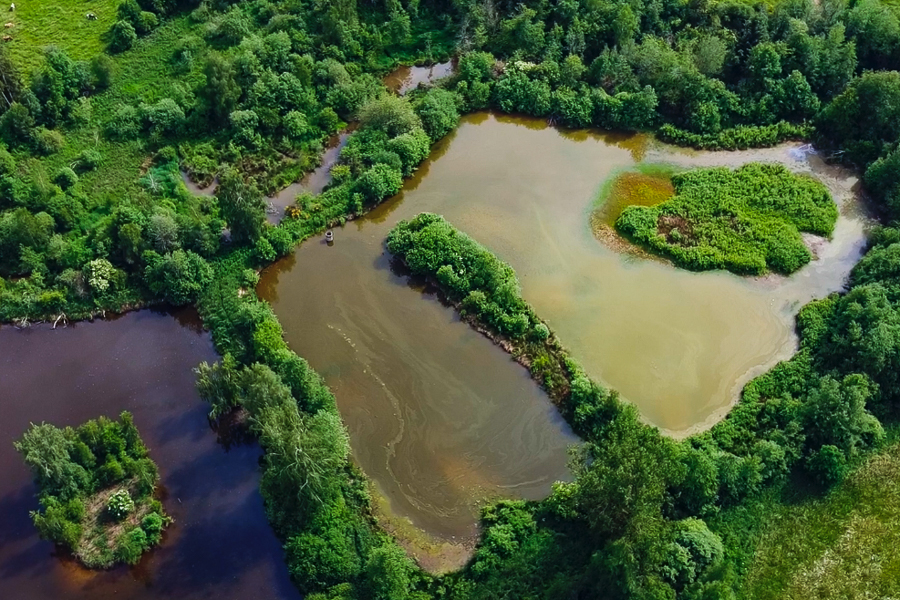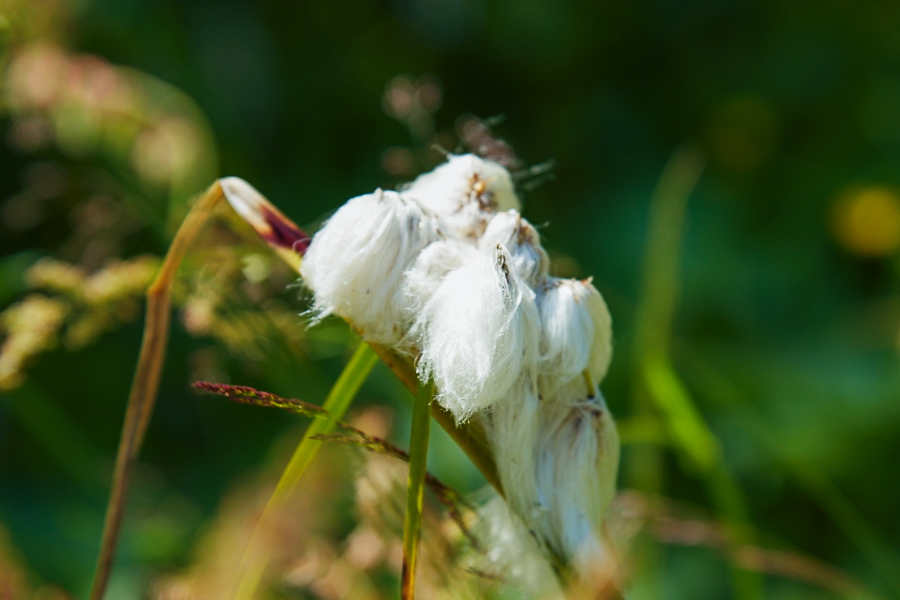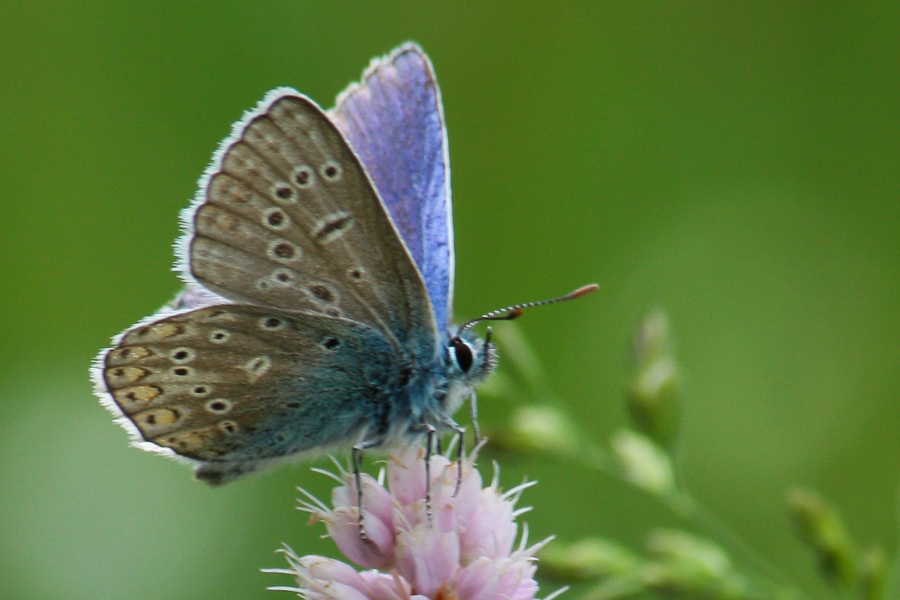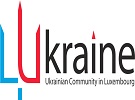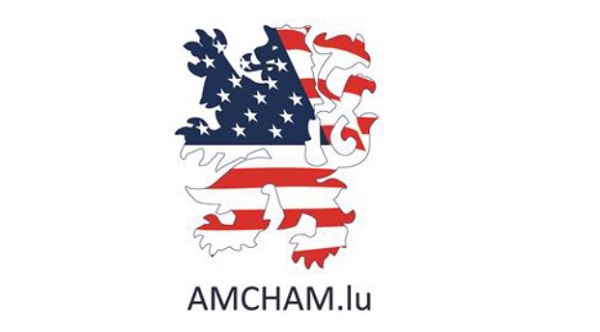 Credit: natur&ëmwelt
Credit: natur&ëmwelt
Luxembourg has what is known as a Temperate Climate in which winters are generally mild and summers comparatively cool, with rainfall that can be high; its flora and fauna have thrived in and adapted to this climate over the centuries and millennia, with ongoing challenges due to pollution and recent climate change, as well as the introduction of non-native species, resulting in disruptions to the norm.
Nevertheless, with various initiatives and organisations helping the ecosystem and habitat, including sustainability and re-wilding, there is a lot happening in nature across the Grand Duchy.
Chronicle.lu has teamed up with natur&ëmwelt (the non-profit organisation (naturemwelt), the foundation (Hëllef fir d'Natur) and the Wildlife Care Centre (Flegeestatioun)) for a series of articles on Luxembourg's nature reserves, in which we look at the natural habitats that preserve biodiversity and protect ecosystems from development, pollution and intensive agriculture.
No. 2 in this series focuses on Cornelysmillen.
Cornelysmillen: A Premier Wetland Reserve Showcasing Restoration Success
The Cornelysmillen site stands as a flagship reserve for the Foundation. Since 1984, land acquisitions have secured this vast wetland, encompassing the alluvial plain of the Woltz river and its tributaries: the Weierbaach, Kléngelbaach and Stauwelsbaach streams. Here, streams, ponds and wet meadows coexist, creating a landscape reminiscent of the High Fens (Hautes Fagnes).
Reversing the Tide: From Monoculture to Managed Biodiversity
Historically, the area was characterized by traditional hay meadows or pastures. However, the shift towards more profitable conifer plantations led to the regression of numerous characteristic species. In response, a rigorous restoration process was initiated. Following the removal of conifers, extensive grazing with rustic sheep breeds was reintroduced. Ongoing clearing and mowing actions are essential to prevent woody vegetation encroachment, thereby favouring the return or maintenance of rare species such as the Narrow-leaved Cottongrass (Eriophorum angustifolium) and the Marsh Cinquefoil (Comarum palustre). Furthermore, old fishponds have been redesigned to offer suitable habitats for aquatic avifauna, while numerous new small pools have been created specifically to welcome amphibians.
Haven for Red-Listed Species and Unique Flora
Cornelysmillen is a vital refuge for species facing national pressure. Many Red-listed bird species are observed here, including several breeding pairs of the Red-backed Shrike (Lanius collurio). Between July and August, the Black Stork (Ciconia nigra) frequently visits the area while foraging. This reserve also harbours the last refuge in the region for the Marsh Cranberry (Oxycoccus palustris). This delicate berry shrub, closely linked to the American cranberry, only thrives in peat bogs alongside Sphagnum mosses. Intriguingly, the reserve now benefits from a new, enthusiastic wetland manager: the European Beaver (Castor fiber), which actively remodels streams, ditches and water bodies.
The Interconnected Web: Butterflies and Waterways
The ecological links here are intricate. The butterfly Silver-washed Fritillary (Boloria eunomia) is entirely dependent on its host plant, the Bistort (Bistorta officinalis), whose leaves are the sole food source for its caterpillars; the butterfly flies in a single generation between late May and early July. The streams and hydrology also connect the site to human history, as the nature path overlaps with the Sentier des Passeurs, marking the escape routes used by resistance fighters and draft dodgers during the Second World War, leading visitors along the biodiversity-rich banks of the Klengelbaach stream.
Visitor Information: Exploring Cornelysmillen
To ensure the preservation of this fragile ecosystem while allowing visitors to appreciate its beauty, adherence to site guidelines is essential.
Best Time to Visit: Cornelysmillen is captivating year-round, but late spring and early summer (May to July) offer the best chance to witness the flight of the Silver-washed Fritillary and the vibrant blooms of the Eriophorum. Birdwatchers should focus on the July/August window to spot foraging Black Storks.
Access and Trails: The site is accessible via marked trails. Visitors are strongly urged to stay on designated paths at all times. The main route combines with the Sentier des Passeurs, offering historical context alongside ecological discovery. Due to the wetland nature of the reserve, sturdy, waterproof footwear is highly recommended, regardless of the season. Large areas remain actively managed for conservation purposes (grazing/mowing); respecting all signage ensures the success of these long-term management efforts.

